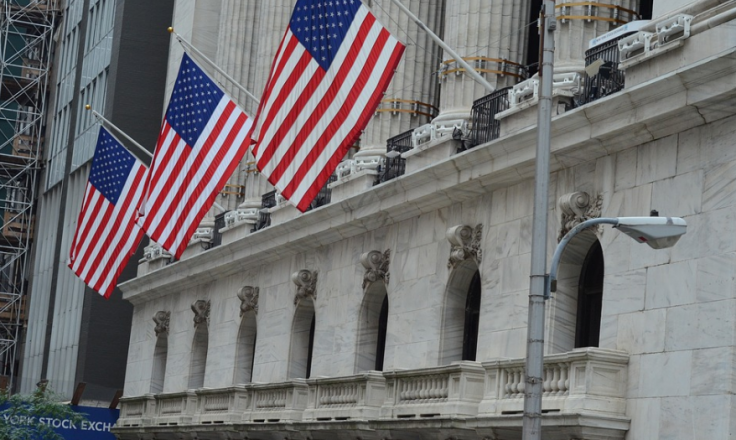The US stocks extended the downward spiral on Friday, ending the week in red as recession fears remained strong.
This week, the S&P 500 dropped to its lowest level since December 2020. Also this week, the Dow Jones Industrial Average fell below the 30,000 level for the first time since January 2021. The pace of the market crash was evident in the fact that Nasdaq Composite recorded a decline of 4 percent or more as many as five times since the start of May.

However, amid the bear market gloom, some analysts say the end of the pain is near. According to the Bank of America, the bear market cycle is likely to end by the middle of October 2022.
The chief investment strategist, Michael Hartnett, the average bear market cycle lasts 289 days. A bear market is loosely defined as a decline of 20 percent or more from the recent high. It must be noted that the S&P 500 index had hit a high of 4796.56 on Monday, January 3, 2022.
From there, it has dropped more than 23 percent as of the end of this week. The analyst also points out that the average peak-to-trough bear market decline is 37.3 percent.
The good news Hartnett offers the investors is that the next bull run will see the index regaining the 6,000 level by the end of February 2023. The analyst also notes that the average bull run lasts longer than the bear cycle.

In May, Guggenheim Partners Global Chief Investment Officer Scott Minerd had said that the real blow to stock market investors was yet to come. Minerd told MarketWatch that he won't be surprised if the Nasdaq Composite Index plunges 75 percent from its peak through the course of the summer and the S&P 500 falls 45 percent from its peak.
Earlier this week, the benchmark S&P confirmed the bear market, falling for four straight days. The index is now down more than 20% from its most recent record closing high to confirm a bear market began in Jan. 3, according to a commonly used definition.








